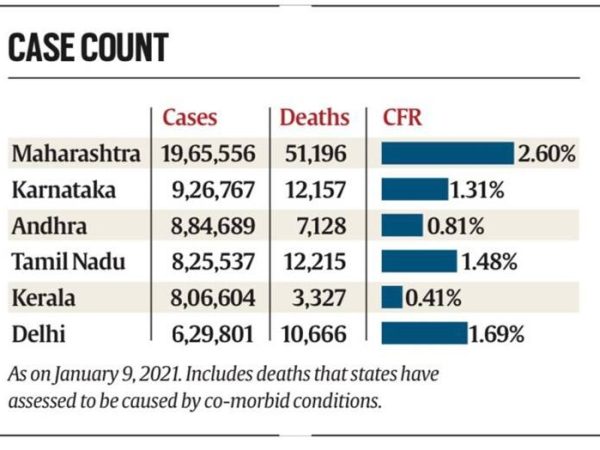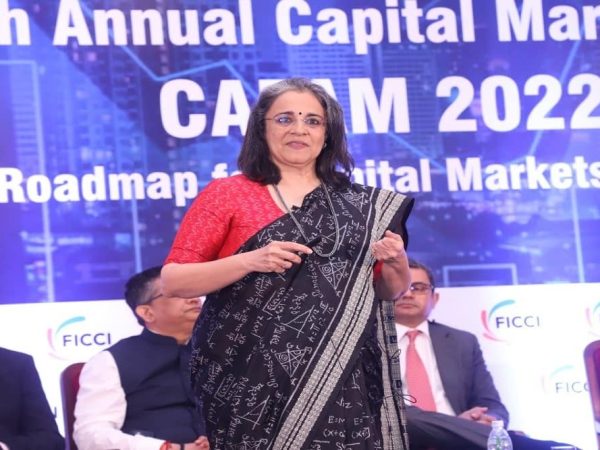Shaping ethical user experiences: India’s draft guidelines on dark patterns need a lot more nuancing
By Anupam Shukla & Abhishek Gaur
The phrase “dark patterns” was introduced in 2010 by Harry Brignall, an expert in user experience (UX). In essence, dark patterns refer to user interfaces (UIs) intentionally crafted to deceive, manipulate, or compel users into specific actions, often contrary to their preferences. These manipulative techniques strategically leverage cognitive biases, including the perception of scarcity, urgency, and the weight of social validation. Consequently, users often find themselves pressured to make hasty choices, driven by fear or the desire to avoid missing out.
Notably, India has also made significant strides in this regard by recently introducing the draft Guidelines for Prevention and Regulation of Dark Patterns (“Guidelines”). As per the Guidelines, “dark patterns” encompass deceptive design tactics within UIs and UXs on digital platforms. These practices aim to mislead users into unintended actions, undermining their autonomy. Under the Guidelines, certain specified dark patterns have been defined and illustrated with examples, to bring more clarity. These include practices such as false urgency, basket sneaking (the surreptitious addition of items without user consent), confirm shaming (utilising fear or guilt to influence user actions), forced actions (imposing additional purchases), subscription traps, interface interference (manipulating information presentation), bait and switch tactics, and drip pricing (concealing costs or delaying price disclosure). The Guidelines aim to prevent such tactics to protect consumers from misleading or coercive practices on online platforms.
The Guidelines are intended to be extended to all platforms systematically offering goods or services in India, advertisers, and sellers. This broad applicability ensures that a wide range of digital entities can be held accountable. The Guidelines are issued in exercise of the powers conferred by the Consumer Protection Act, 2019 (CPA) and can be read as an extension to the concept of “unfair trade practices” as envisaged under the same.There was a need for such guidelines in India due to a combination of cultural and economic factors. India’ diverse and expansive digital user base includes people with varying degrees of digital literacy. This diversity makes users particularly vulnerable to deceptive design tactics.
Culturally, trust plays a significant role in Indian consumer relationships, and the exploitation of that trust through dark patterns can erode this vital foundation. Economically, India’s digital market is growing rapidly and exposing it to unscrupulous practices may potentially hinder this growth and result in financial losses and compromised user confidence. Strengthening the regulatory framework can enhance user trust, encouraging more meaningful engagement and increased business revenue. Overall, these regulations can create a more equitable digital ecosystem, safeguarding both users and businesses from the negative impact of deceptive practices.
However, the Guidelines are not flawless, and a few shortcomings come to mind. First, the effectiveness of these regulations heavily depends on enforcement. Without a robust enforcement mechanism and adequate resources, regulating dark patterns on a vast and rapidly evolving digital landscape, such as ours, may prove challenging. Regulators will also need to stay ahead of new deceptive tactics that will keep on emerging.Second, nagging, as a form of dark patterns under the Guidelines, is relatively broad in its definition as determining the threshold between “effective marketing” and “undue interference with the user experience” can be subjective. This lack of clarity may lead to disputes and litigation, requiring a more precise delineation of this dark pattern.
Lastly, stricter regulations pose numerous challenges to businesses. Compliance costs can be substantial, particularly for smaller enterprises, necessitating significant investments in redesign and testing to ensure UIs meet the guidelines. Furthermore, some businesses might struggle to design UIs that are both user-friendly and compliant with the regulations. Resource allocation would be another possible concern, with the need for additional resources in areas like compliance monitoring, legal support, and employee education to ensure full adherence to the regulations. While these challenges highlight the complexities of implementing the Guidelines, they also underline the importance of a balanced approach to safeguarding consumers and supporting businesses.
The introduction of the draft guidelines on dark patterns in India is a significant step toward safeguarding consumers in a rapidly growing digital landscape. The Guidelines align with global efforts to combat deceptive design practices, ensuring transparency and trust. While they exhibit some imperfections, continued refinement and diligent enforcement can help create a more equitable digital ecosystem, benefiting both users and businesses. The collective international recognition of the need for such regulations underscores their relevance and importance in the digital age.
Writers are respectively, partner and associate, Pioneer Legal



 Source: Tradingeconomics, Federal Reserve
Source: Tradingeconomics, Federal Reserve


Recent Comments